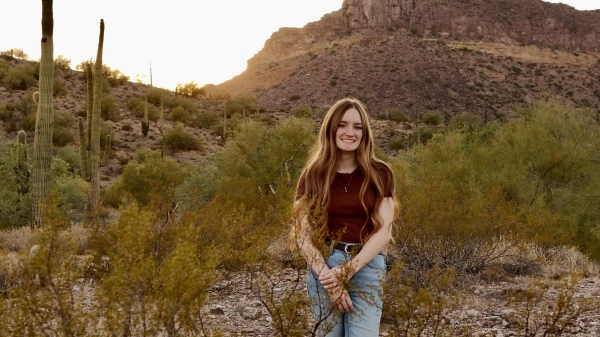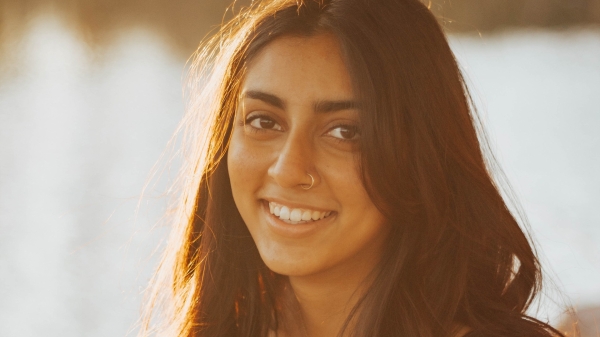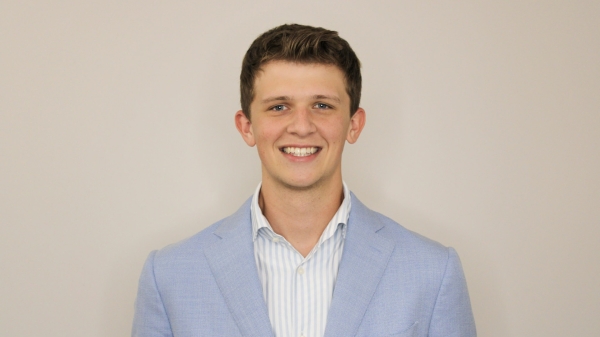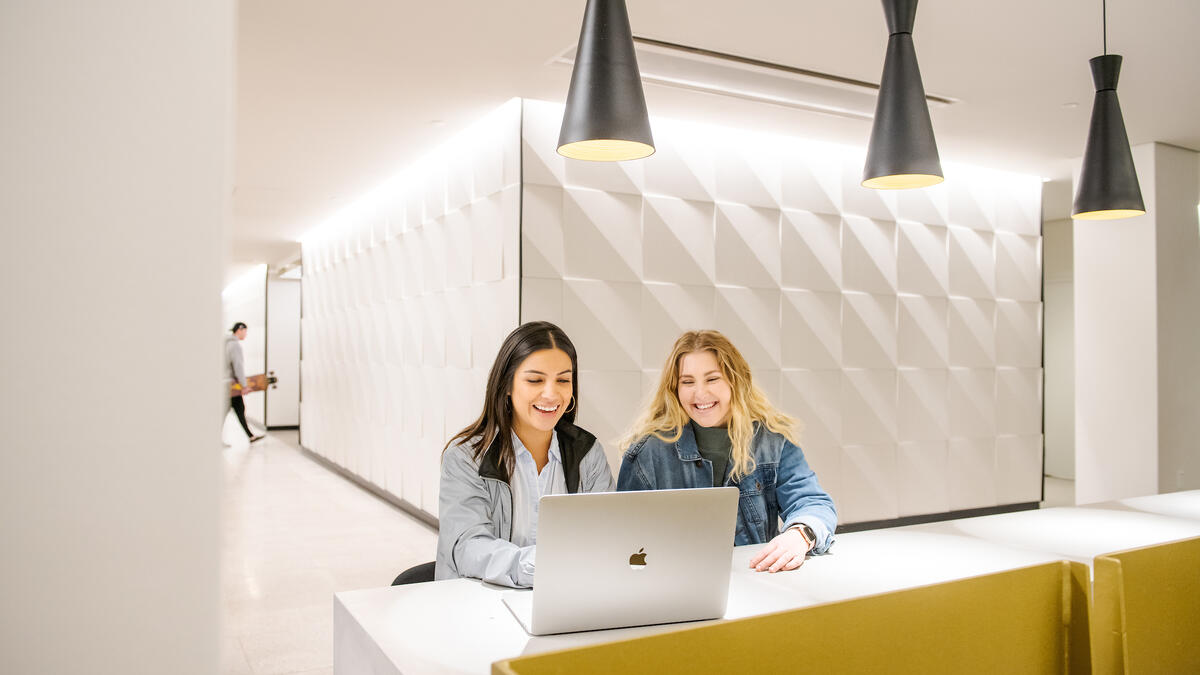Arizona State University has created a personalized digital orientation experience that incoming Sun Devils can access now.
The New Student Orientation Experience, which replaces the daylong, in-person orientation program that families attended for many years, went live on Oct. 5 for Sun Devils who are coming to campus in spring and fall 2022.
The digital experience, created through universitywide collaboration and customized by the University Technology Office, includes three modules — two asynchronoususers can access on their own time and one live event. The experience gives students information they need at just the right time. For example, students learn academic information in the fall and move-in details in the summer.
The New Student Orientation Experience is a huge institutional collaboration and shift, according to Safali Patel, associate vice president for Educational Outreach and Student Services.
“For at least last 20 years, we were doing new student orientation for incoming first-year students as an in-person program,” she said. “We would invite them to campus from 8 a.m. to 4 p.m. to sit in a ballroom to listen to a bunch of presentations and to meet with an academic adviser.
“It was a long, overwhelming firehouse-of-information type of day where we told them everything they needed to know in one day.”
Back when ASU had a first-year class of 5,000, orientation required about 30 in-person programs.
“But now we have a first-year class of 14,000, and we were doing over 100 programs because we wanted to keep them a smaller size,” she said. “And each one had hundreds of staff from every college, academic advising, parking, the bookstore, dining, student organizations — every unit.”
As ASU grew and best practices for acclimating students were discovered, the university shifted the model.
A universitywide committee started working on the revised model in 2018; however, the pandemic accelerated the timeline of the switch from in person to digital, according to Sarah Perrone, director of new student programs at ASU.
“Students do a lot of things online in their own lives, which is normal for people who are 18 to 20 years old, but it was a huge internal culture shift to move online,” Perrone said.
Orientation was online for students entering in 2020 and 2021, but the experience has been refined for the group of Sun Devils who are now getting accepted. For example, the content was condensed and streamlined so that now there are three modules instead of four, and everything is fully accessible on mobile devices.
In the second module, students attend a live Zoom event, with sessions running March through July. Sessions are customized by each academic college, and students receive their course schedule for their first semester.
The final module, ASU Ready, releases in early July and includes final steps and tips that students want, such as what to pack and where to park.
“The key is that now it’s the timely delivery of information,” Patel said.
“When they were here in person on April 1, they heard everything from ‘Here’s how to buy health insurance’ to ‘Here’s the size of your bed.’
“In March, some people want that, but others are about to take their AP exams and go to prom.”
Students do not feel that this is just a generic thing because it’s completely customized to them."
— Safali Patel, associate vice president for Educational Outreach and Student Services
The universitywide team did an exhaustive amount of assessment before refining the orientation experience. They examined what students clicked on and what they avoided, and they called students and held focus groups for feedback. Student orientation staff also sent over 80,000 text messages.
“They would check in with them and say, ‘I’m your person, let me help you with this process,” Perrone said.
“We were asking questions every single day and making real-time changes,” Patel said.
One result was that they clarified the language.
Last year’s program was called the New Student Experience, but the team added back the word “orientation,” to further connect the purpose and experience to a term that resonates with students and families, Patel said.
“That’s a word they understood and knew the purpose of,” she said.
ASU is the only university that is doing a digital orientation at a huge scale that’s completely personalized, with all the information synced, Patel said. For example, the dashboard keeps track of which tasks have been completed, such as showing their math placement score, student ID photo and immunization record status.
“They can see their progress, which is validating,” Perrone said.
All communications are aligned with the students’ progress through the orientation experience to ensure information regarding next steps delivered via email and text messages are relevant and helpful from the time they are admitted through the first day of classes.
Patel said that even with 14,000 first-year Sun Devils, ASU’s focus is that each student is not just a number.
“Students do not feel that this is just a generic thing because it’s completely customized to them,” she said.
“One of our biggest goals was that we did not want to lose any of that human touch because we moved to technology instead of being in a ballroom.”
ASU also offers a parallel digital experience for families in which the three modules match the students’.
“Families are the drivers of getting tasks done,” Perrone said. “If a student needs to turn in their immunization record, they might not know where it is, but if you tell the parent, it’s magical how much faster that gets done.”
Students also have the opportunity to attend optional Zoom sessions on topics such as housing, student employment, Greek life and study abroad. The session on housing drew 1,400 students.
“They were really all about anything having to do with involvement and being around other people,” Perrone said.
More Sun Devil community

Crime shows led December graduate to a degree in forensics
A fascination with science, the details behind solving cases and crime-focused television shows guided Gracie Thompson to pursue forensic science studies at Arizona State University.“I grew up…

There's no stopping this global health undergraduate
If the end depends on the beginning, Esha Kubavat has set herself up for success. The Naperville, Illinois-born and Anthem, Arizona-raised undergraduate is graduating in December with a bachelor’s…

Student leader shares journey in finance and campus community
Chase Mathias first realized that the medical field might not be for him during a high school biology class when he passed out while dissecting a pig. Though he dreamed of becoming an…
